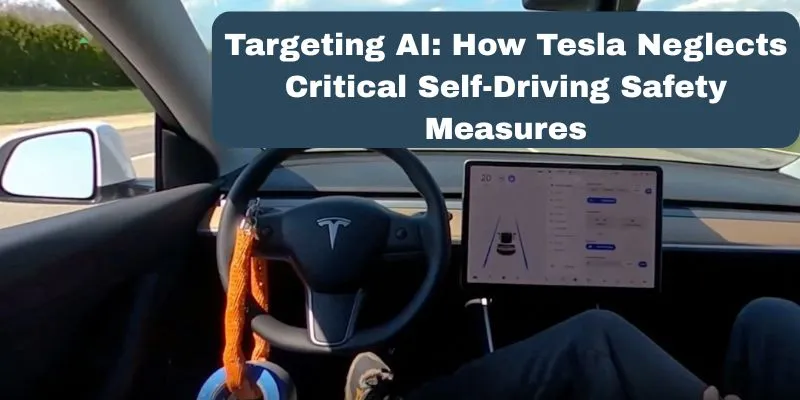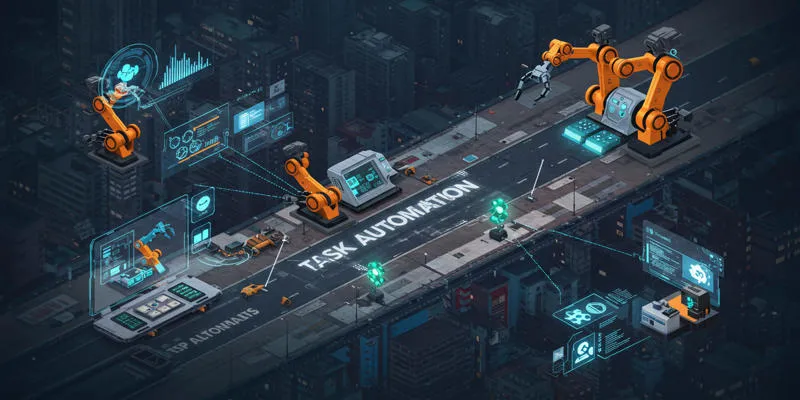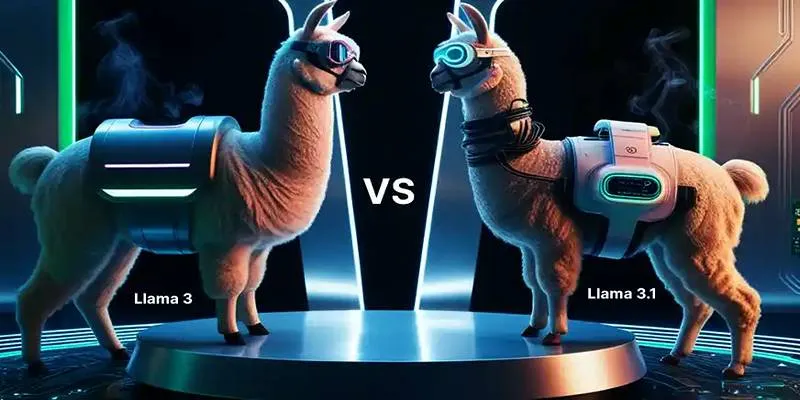When a driverless car takes a turn without anyone touching the steering wheel or pressing the brake, it still amazes people. Even in 2025, this was a sight to behold. In Japan, this marvel is becoming a glimpse into the future. Nissan, a prominent automaker in Japan, is testing its newest AI-powered driverless technology on public roads. This marks a major leap from closed-course demonstrations. These aren’t test tracks or controlled environments; these are actual streets filled with real traffic, pedestrians, and unpredictable situations. This isn’t science fiction—it’s happening in Tokyo right now.
Real Roads, Real World, Real Data
Nissan’s decision to test AI-powered driverless tech on public roads is about more than appearances. The streets of Japan present a multifaceted challenge: narrow lanes, swift cyclists, unpredictable weather, sudden stops, and bustling intersections. The goal is to educate its autonomous system in environments that cannot be replicated in a lab. The vehicles, equipped with cameras, LiDAR, radar, and Nissan’s proprietary ProPILOT system, are enhanced with a new AI generation that enables real-time decision-making.
This AI doesn’t just monitor obstacles—it anticipates them. By leveraging machine learning models trained on years of driving footage, Nissan’s system predicts not only current scenarios but also potential future events. This transition from reactive to predictive behavior is monumental. For instance, when a child is near a sidewalk, the AI doesn’t merely recognize them; it calculates their likelihood of crossing the street even before they move. This predictive modeling is central to Nissan’s journey toward full autonomy.
While Tesla and Waymo have similar pursuits, Nissan’s approach is unique in its alignment with Japan’s legal and infrastructural context. Instead of waiting for regulatory overhauls, Nissan collaborates closely with Japanese transportation authorities to operate these vehicles under controlled permits on specific routes. This strategy allows gathering real-world data without the need for sweeping legal changes, which is crucial in a country known for its cautious approach to road safety.
The AI Brain Behind the Wheel
Nissan’s self-driving car system isn’t built on a single model—it’s a symphony of AI tools working in concert. The perception layer uses computer vision to identify road objects, lane markings, and traffic signals. Beyond identification, another layer of neural networks processes behavioral patterns—understanding how drivers behave in different neighborhoods, how traffic ebbs and flows, and how to accommodate cultural norms, like bowing to pedestrians or navigating awkward crosswalks.

A standout feature is adaptive learning. Instead of relying on static programming, the vehicle refines its behavior as it logs more miles. It doesn’t only depend on training data from the past; it learns from recent drives through cities like Yokohama. Each traffic jam, sharp turn, or blind alley contributes to a feedback loop, updating the system’s responses almost in real time. This distinguishes AI-powered driverless tech from older autonomous models—it continues learning even while on the road.
Nissan also combines AI with human oversight. During tests, a remote operator monitors the vehicle’s actions and can intervene if necessary. Like air traffic control for cars, the vehicle mostly operates autonomously, but the human safety net enhances trust and compliance, especially during initial public rollouts. This transparent approach allows the public and regulators to observe, ensuring safety measures are in place.
The secondary benefit? Public perception. Japan’s population trends older, with some skepticism about automation. By demonstrating a hybrid setup with human supervision during early public road use, Nissan gradually builds confidence. It’s a cautious, step-by-step introduction to safety.
Why is Japan the Ideal Testing Ground?
Japan is a blend of tradition and technology. While it boasts advanced rail systems, driving remains essential, particularly outside urban centers. With a declining birth rate and aging population, autonomous vehicles could address labor shortages in logistics and taxis. Nissan’s AI project goes beyond passenger transport; it aims to resolve growing transportation challenges.
Public buses are being reduced in rural areas, delivery services face driver shortages, and emergency response teams are stretched thin in remote areas. If driverless technology advances swiftly, these issues can be fundamentally transformed. Nissan plans to adapt its system for delivery vans and shuttles, expanding the potential beyond just personal vehicles.
Japan’s cautious regulations and dense urban layout provide an ideal environment to push technology to its limits. The government has approved limited geofenced areas for autonomous vehicles, such as suburban streets in Yokohama and specific corridors in Tokyo. These real-world labs allow companies to refine systems under practical conditions rather than controlled tests.
This focus on local conditions is why Nissan’s AI is tackling the Japanese market first, with plans to expand once successful. It’s not about being flashy; it’s about precision.
Slow, Steady, and Heading for the Future
Nissan isn’t in a rush to outdo competitors with flashy stunts. Its strategy is quieter, building data, experience, and trust. This approach could pay off. While others focus on range or hands-free miles, Nissan emphasizes real-world situations: tight corners, complex intersections, and challenging pedestrian patterns. These are the true obstacles to urban autonomy, not easily overcome by brute force or marketing.

When Nissan tests a driverless car on a public road in Japan, it’s not just proving the AI works; it’s showing it can handle real-world complexities without special treatment. It’s learning not just how to drive, but how to drive like a local.
This doesn’t mean we’ll see Nissan robotaxis on every corner tomorrow. But the foundation is being laid now, quietly, on public roads. Each test run adds a page to a manual for future autonomous cars. Each mile sharpens the system. Each update brings new learning. Nissan’s driverless future isn’t rushing toward us—it’s cruising patiently in its own lane.
Not Just a Test—A Turning Point
Nissan’s driverless cars on real Japanese roads aren’t just milestones; they signify real progress. Without fanfare, these machines demonstrate they can handle everyday chaos. Each successful trip diminishes doubt and builds something more valuable: trust. This quiet confidence shows that autonomous vehicles aren’t just possible—they’re learning to earn their place among us, one careful mile at a time.
For more information on advancements in autonomous vehicles, consider checking out Waymo’s latest developments or Tesla’s approach to autonomy.
 zfn9
zfn9























